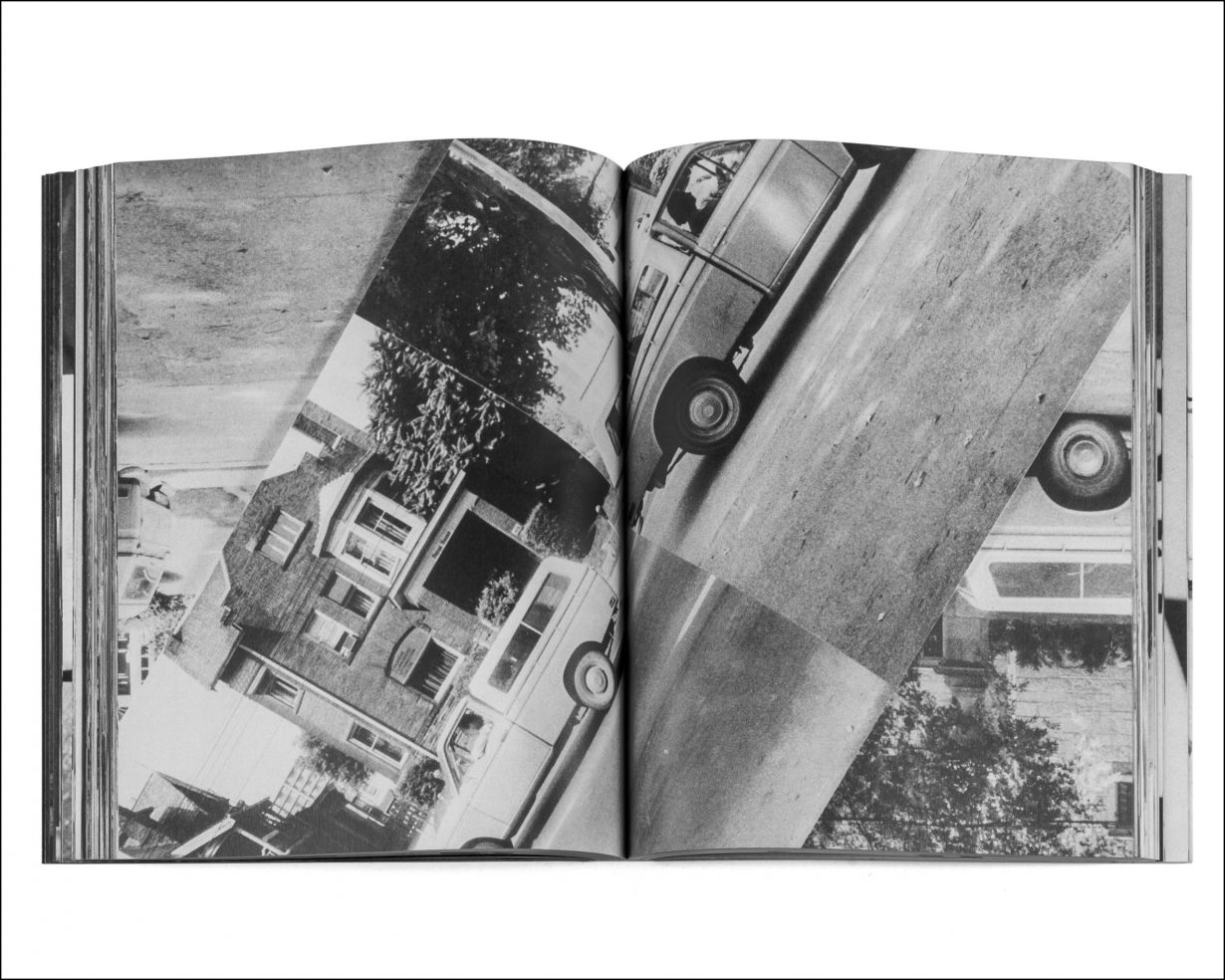Accordioned depictions of sitting, walking, even doing nothing, become extended meditations on how we experience the world

A man walks into a room and puts a vinyl record on a turntable. He goes outside, gets into his car, drives to a gallery and picks up a book. That, on one level, is what happens in Michael Snow’s photobook Cover to Cover. It’s also a meta-book that makes unique use of the medium. And it can be read backwards or forwards.
Books these days have a varied half-life: hyperlinked ebooks, audiobooks that can be heard at 1.5x speed, AR story-maps. Cover to Cover is a time-capsule reminder of the uncanny properties of the printed page. Canadian artist Snow, a veteran filmmaker now in his nineties, made Cover to Cover as a book artwork in 1975, shortly after his film Two Sides to Every Story (1974), the product of two cameramen filming each other from opposite sides of a room, was completed. In the resulting two-part projection (each part projected onto opposite sides of the same aluminium sheet) we can choose to watch, from either of the camera’s perspectives, a woman walk between them and, at one point, spraypaint a green circle onto a piece of clear Perspex. The technique gives a materiality to the projected image, as if trapping it within the plates of a microscope slide ready for examination. Cover to Cover deploys a similar conceit: the actions described are photographed simultaneously from two opposing angles, so that on one side of the page we see, for example, a door, and on the other the back of the man standing just on the other side of that door.
The back-to-back setup gives flipping through the book a physical playfulness: at one point, facing off from two sides of a typewriter, the page you’re holding becomes a doubled embodiment of a blank page (both representationally and literally); at another, we see the corner of a sitting room, the opposite side facing in towards the ivy-tangled outside of that part of the house, the page somehow becoming a brick wall. The book makes no bones about disclosing the process of its making; at several points the photographers capture each other from across a room or a street. It all might sound like a neat little spiral snake eating its own tail, a conceptual gotcha, but as soon as you begin to recognise and settle into a pattern, the book shifts again, turning what you think you’re seeing inside out. Cover to Cover instructs you in how to read it as you go, asking you to digest inversions and sly twists, as well as literally turning the book upside down. Images you thought were simply showing you what was going on become photographs that get folded up or enclosed into a book within the book.
Reading Cover to Cover is much like watching one of Snow’s films: visually quite mundane, where what happens isn’t as important as how it’s being shown to you, with a sustained focus that sits with a relatively simple idea for longer than you might think. Accordioned depictions of sitting, walking, even doing nothing, become extended meditations on how we experience the world. Underwriting the intensity of Snow’s work is a consistent sense of his wry smile, being quietly profound with a casual shrug. Snow is a rare beast: a structuralist with a sense of humour, a filmmaker who recognised that tinkering around with the limitations of the medium was also a way to rewire our sense of everyday perception – using art as a means to capture and crystallise the whatthefuckness of strolling around with a thinking, feeling body. Here he uses the means of a photobook to trace the contours of his body, his house and the existential possibilities of a book itself. Books, those weighty space-fillers, can turn your brain inside out; the means to reconfigure reality are right at our fingertips.
Cover to Cover by Michael Snow, Primary Information/Light Industry, $30 (2020 softcover facsimile reprint of 1975 original)